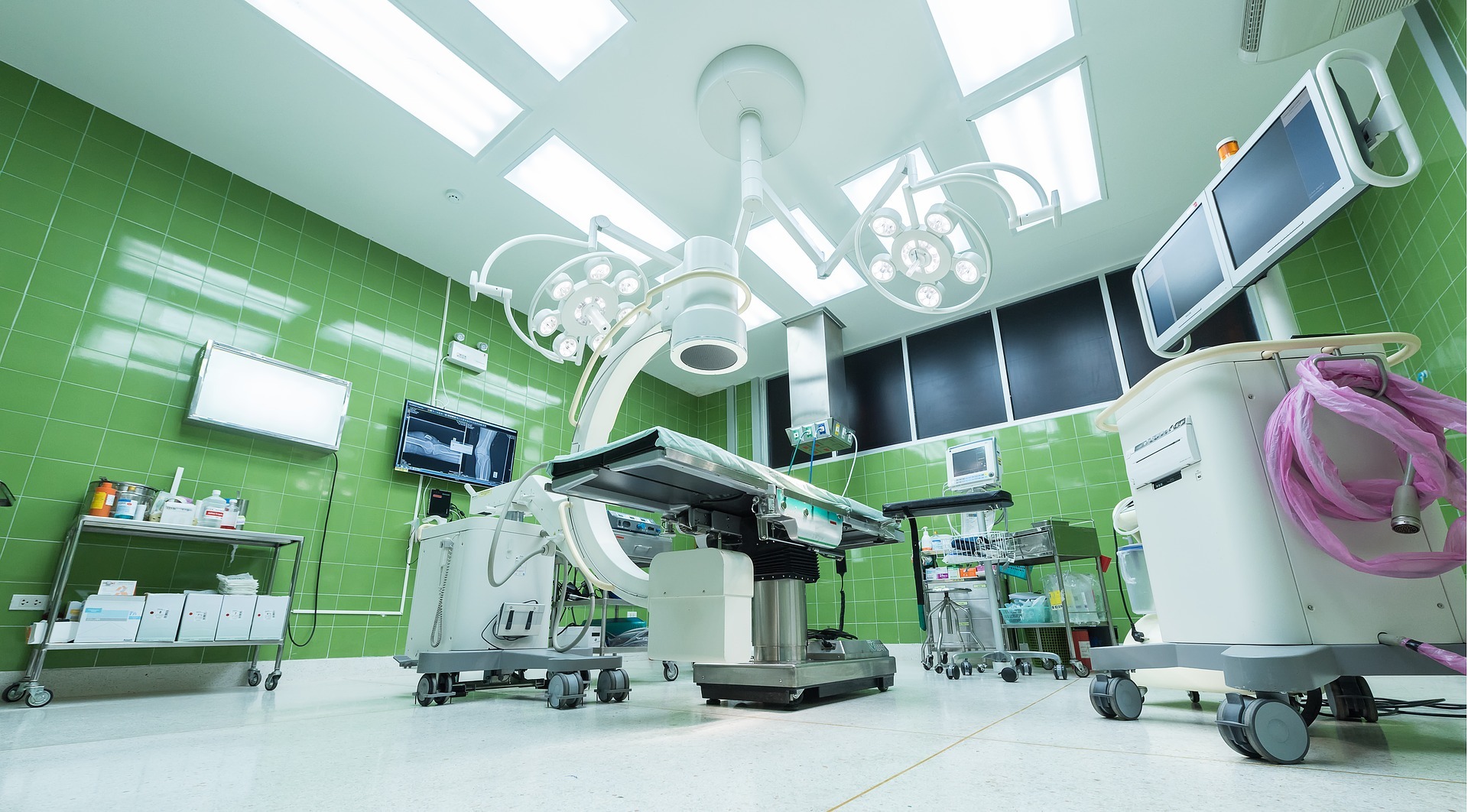 Average people might sooner or later be able to use a Star Trek-inspired home medical device to diagnose a dozen completely different diseases and track five major important signs, all without having to draw blood or visit a doctor’s office.
Average people might sooner or later be able to use a Star Trek-inspired home medical device to diagnose a dozen completely different diseases and track five major important signs, all without having to draw blood or visit a doctor’s office.
Engineers developed the DxtER device as a part of a contest to make a modern version of the “tricorder” that Dr. Leonard “Bones” McCoy waved over patients on the starship Enterprise to diagnose sicknesses.
The DxtER combines an array of various sensors with intelligent diagnostic computer code in a package weighing but five pounds, same technology design skilled Philip Charron, a member of the team that created the device.,
Charron said the DxtER combines:
A wrist and hand detector that checks blood pressure, glucose levels, hemoglobin, white blood cell counts and blood oxygen levels.
A spirometer, that could be a device to measure the air capability of the lungs once people breathe into the machine.
A chest sensor for observation heart rate, respiration, and temperature.
A digital stethoscope that listens to sounds from breathing.
All of these devices act with diagnostic software running on a tablet.
A person using the DxtER at home will check themselves for anemia, tract infections, diabetes, atrial fibrillation(irregular heartbeat), sleep disorder, COPD (chronic obstructive pulmonary disease), pneumonia, ear infection, pertussis, high blood pressure, mononucleosis and raised white blood cell counts
“A regular consumer will sit down with our device, answer some queries, and it’ll return with a diagnosis,”
This Device can also monitor 5 important signs continuously: blood pressure, heart rate, temperature, rate of respiration and blood oxygen levels.
All of the sensors are noninvasive. No blood needs to be drawn and nothing must be inserted into the body.
Charron aforementioned that his group, Final Frontier Medical Devices, received a $2.6 million award in April for developing the DxtER and demonstrating an accuracy rate beyond 70 %.
Final Frontier was to present the DxtER in the week at the annual meeting of the american Association for Clinical Chemistry (AACC) in san diego. Findings given at conferences are usually viewed as preliminary till they have beenpublished in a very peer-reviewed journal.
“Now it’s up to the peers within the scientific community to examine if it works the way it’s speculated to,” said AACC President michael bennett, director of the Palmieri Metabolic Laboratory at Children’s Hospital of philadelphia.
“You apply a number of these devices to your body, so answer queries on the tablet concerning your symptoms, just like you’d with a doctor in a very doctor’s office,” Charron aforesaid.
The competition, referred to as the Qualcomm Tricorder XPRIZE, kicked off in 2012 and involved 300 completely different engineering teams.
“It really was a five-year mission, just like in Star Trek,” Charron said.
The Final Frontier team place about a 0.5 million dollars out of their own pockets into the endeavor, which ate up as several as 24,000 hours of combined effort, according to Charron.
The team tested its diagnostic software against an approved set of anonymous patient charts, to see if it would accurately diagnose illnesses when provided the proper vital signs and body chemistry readings, Charron aforesaid.
For the contest, researchers handed the device to patients with diagnosed medical conditions. The patients had to be able to use the device on themselves, unaided, to accurately diagnose their specific illness.
The point was to develop a home health care kit that could help families figure out basic illnesses, preventing unnecessary trips to the emergency room or doctor’s office, Bennett said.
Because of this, it was built to be affordable. The DxtER should cost between $200 and $400 retail, Charron said, although insurers might chip in to bring the cost down even lower if the device proves accurate enough to cut down on visits to the hospital or doctor.
Alongside home health care, the DxtER also could prove of great benefit for disaster relief, in refugee camps, as part of military medicine, and even as a means that of diagnosis health issues throughout space travel, Charron instructed.
The DxtER now will proceed to clinical trials. The device’s accuracy will be tested against tried-and-true equipment now being used in hospitals, and the results will help researchers better hone the diagnostic software, Charron said.
James Nichols is the medical director of clinical chemistry at Vanderbilt University school of medicine. He said, “As with any new device, we want to examine what its performance is. we would like it to be reproducible and be correct and compare well with traditionally known tests. once we see however it really performs once it’s place within the hands of laypeople, then we’ll know a little better what still must be found out with the device.”
As a part of development, Nichols additional, engineers conjointly ought to think about however the information-gathered by DxtER are going to be uploaded and shared with a human medical aid doctor.
